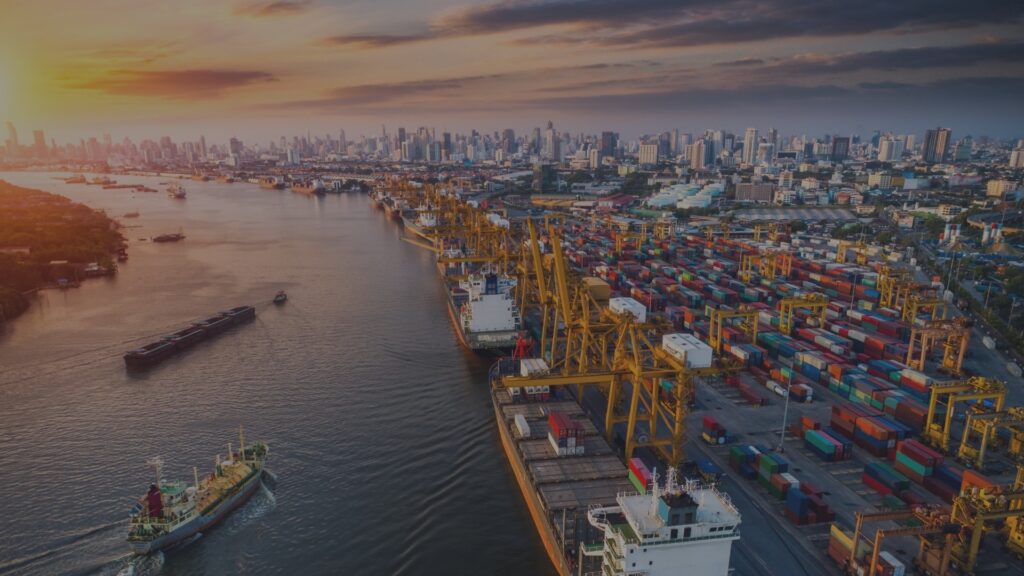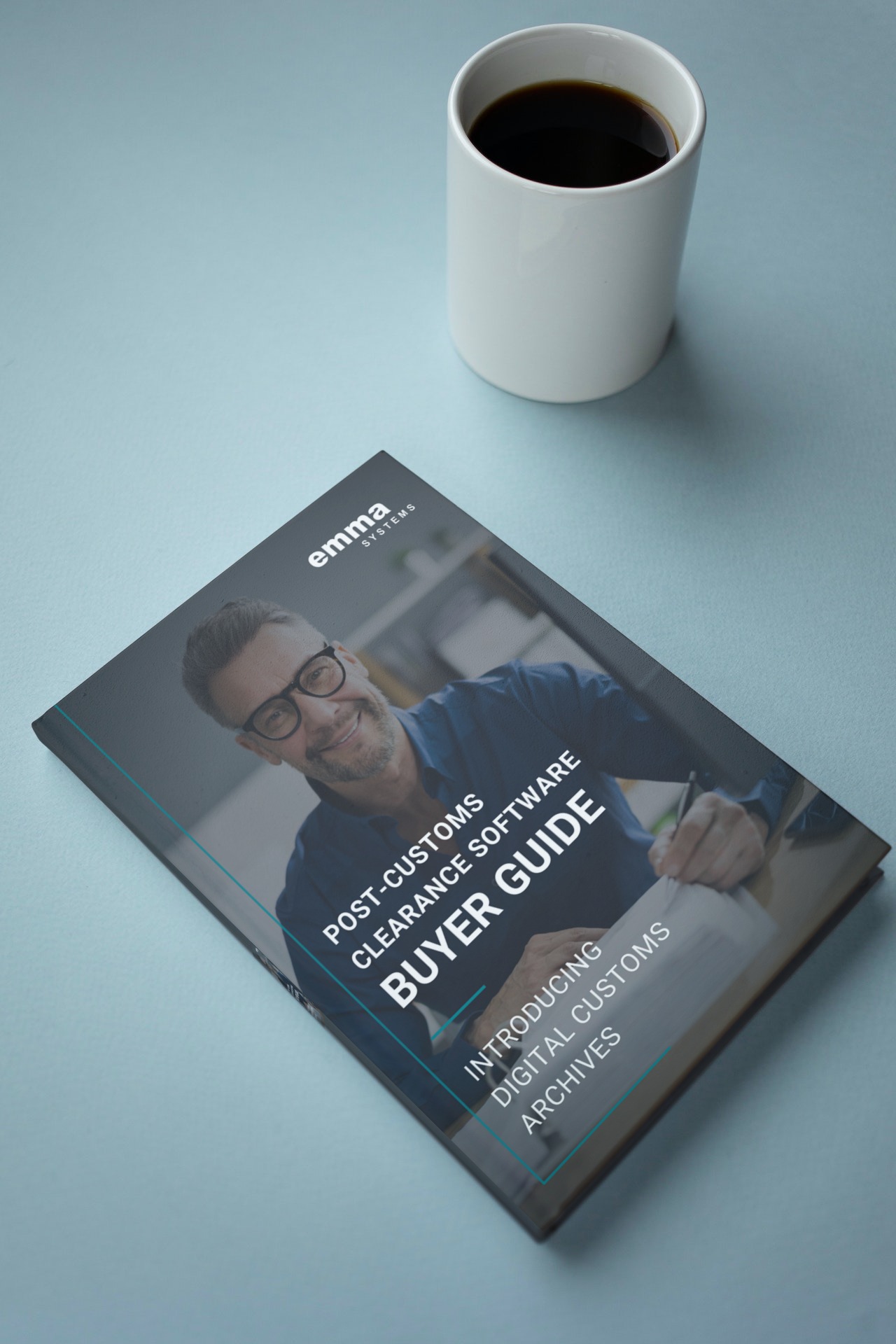Brexit has led many companies to open branches in the UK or EU, either permanent or as VAT-only businesses. This is quite understandable, as it eases the customs process for branches, headquarters, and customers in many ways. However, it also causes new challenges, such as how to deal with transfer pricing and customs values and how changes affect the previously approved declarations.
In an intercompany transaction, the parties are likely to have the same financial interests, which makes setting customs values challenging.
“Authorities are paying close attention to value setting in intercompany transactions, while the parties involved might overlook this aspect or lack corresponding routines” Ørjan Ibs Eriksen, Product Manager at Emma Systems says.

Ørjan Ibs Eriksen
Product Manager, Emma Systems
So, how are you to set the value, when transferring goods from one branch to another cross-border?
For one, follow the international standard referred to as the “arm’s-length principle”. This principle is used to determine the appropriate transfer price, and says that: “…transactions should be valued as if they had been carried out between unrelated parties, each acting in his own best interest” (Definition by OCED).
“As a general rule, under the same conditions, the transfer price should be comparable to what you would charge third-party vendors for the goods and services”, Ørjan Ibs Eriksen explains.
Documentation of how the transfer price was determined is equally important to prevent suspicions or allegations of manipulation of customs declarations and tax returns to your advantage (for example, in areas with high taxes and low duties).
Providing well-founded information about how transfer prices between affiliated companies were established is not optional, it is a legal requirement
Ørjan Ibs Eriksen, Product Manager, Emma Systems
The six methods for customs valuation
WTO operates with six methods for customs valuation. The most common is that customs value is defined as equal to the transaction value. This does however require evidence of sale. In intercompany transactions, no sale has taken place and hence there is no evidence of sale to provide. Therefore, alternate valuation methods need to be evaluated and picked based on the traits of the transaction at hand.
Please visit the WTOs web page for details on the six methods of customs valuation.
Not just a Brexit-challenge
While many UK companies might face this challenge now in the aftermath of Brexit, this is not a new challenge, nor one that only affects the UK. The challenge is universal and growing. Trade between affiliated companies is booming and is estimated at 60 percent of global trade.
At Emma, we frequently get asked questions related to transfer pricing and intercompany transactions too. We always recommend our customers to consult their Tax Attorney or accountant in these cases, but we also know that many of the practical tasks at hand in the process, can be supported by Emma E-Doc, our digital customs archive.

How Emma E-Doc can help when dealing with transfer pricing
In Emma E-Doc, our customers can run reports to:
- Identify declarations that are subject to change and their declared values.
- Identify customs brokers involved in the original process of handling
Thereafter, the reports and declarations can be exported, and customs brokers contacted with requests to update and re-calculate the affected declarations.
New, re-calculated, declarations can then be re-submitted (directly and automated from broker or manually by trader) to the Emma E-Doc platform for archiving and to serve as the documented audit trail.
Changes of customs values due to transfer pricing will not only affect the import but also the original exports. Export declarations is a basic documentation to prove why VAT was not collected on the invoice.
Get in touch to learn more about Emma E-Doc and how we can help!
Further reading

Leveraging Customs Data Analysis for Improved Supply Chain Control and Customs Compliance
Free guide
Unlock the true potential of your supply chain management through a comprehensive understanding of customs data. Download our guide on customs data analysis to get started.

Improve your Routines for Internal Control and Self-auditing of Customs Documents
Free guide
Many importers and exporters lack routines for performing internal controls and self-audits of their customs documents. How does your business comply? Learn more in our comprehensive guide.
